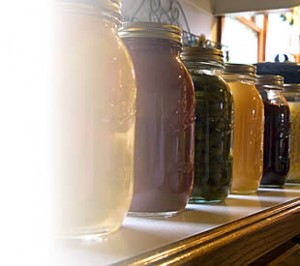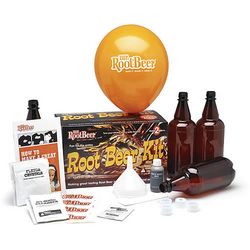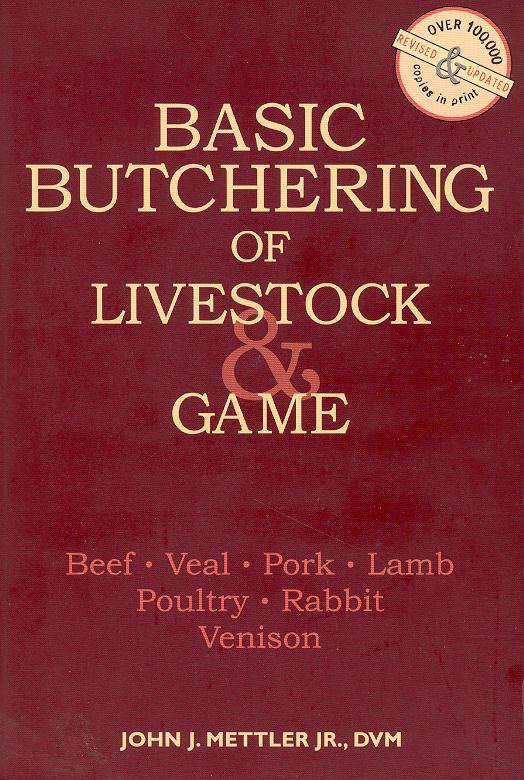
On a recent early morning, Bruce and our neighbor, Tom rounded up the four pigs we raise together, loaded them onto the back of the pick-up and hauled them to another neighbor’s barn for butchering. It’s always a chore to convince a boar who weighs considerably more than you do to go someplace he doesn’t want to go.
With the help of some sweet mash and in spite of the help from a goodly number of small children the deed was done and the pigs disappeared, only to return the following day as chops and sausage, ground pork and roasts. We also got back an amazing amount of fat. A lot of people don’t want the fat, with rendering lard being something of a dying art, but I always take it. Lard, especially the leaf lard, is the reason I make such good biscuits.
Lauds for Lard
Lard has gotten a bad rap over the years. People assume it’s bad for you. The problem is they are confusing lard with shortening. Commercial shortening is a completely different thing. It’s hydrogenated for one thing. That process makes a very shelf stable product but it also makes one that clogs the arteries and really has no redeeming features at all except for the fact that it won’t spoil. That it won’t spoil be your first clue that you really shouldn’t be eating it.
Lard is fat and it is full of calories but that doesn’t make it evil. We need fat in our diets. The trick is to choose good fats and lard fits the bill. It is a natural fat. It contains vitamin D and, assuming your pig was raised on pasture, it also contains more Omega 3 fatty acids than salmon.
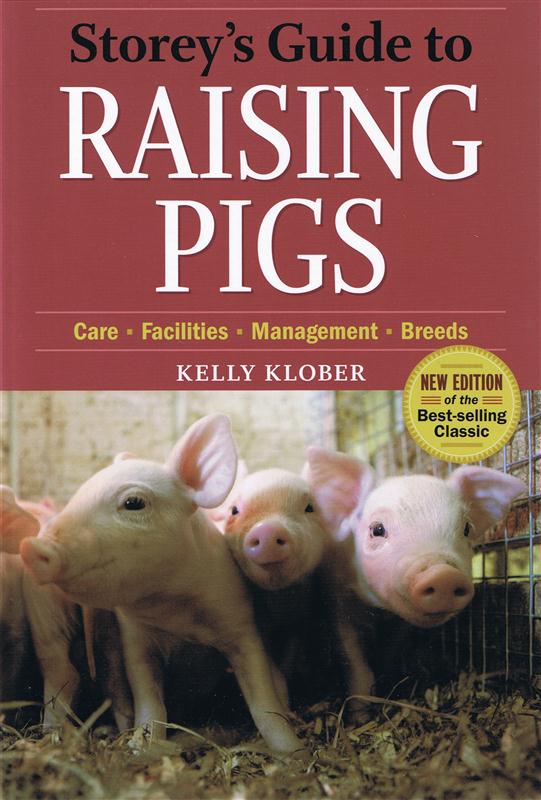
Good fats will help you feel full and provide needed energy, especially in cold weather. Contrary to popular opinion, lard has no piggy flavor. Well-rendered lard is snow white and odorless as well as having a neutral flavor that suits most kinds of cooking. The rendering process is lengthy and it can make a bit of a mess but it isn’t difficult. Even if you don’t have pigs of your own you can buy pig fat from a butcher for next to nothing. Some butchers will give it away as they often have use for it. Just try to get the fat from pasture-raised pigs if you can. That fat is much healthier. The best fat for rendering is the fat from around the kidney. This is what will give you leaf lard, the most important ingredient in pie crusts and biscuits.
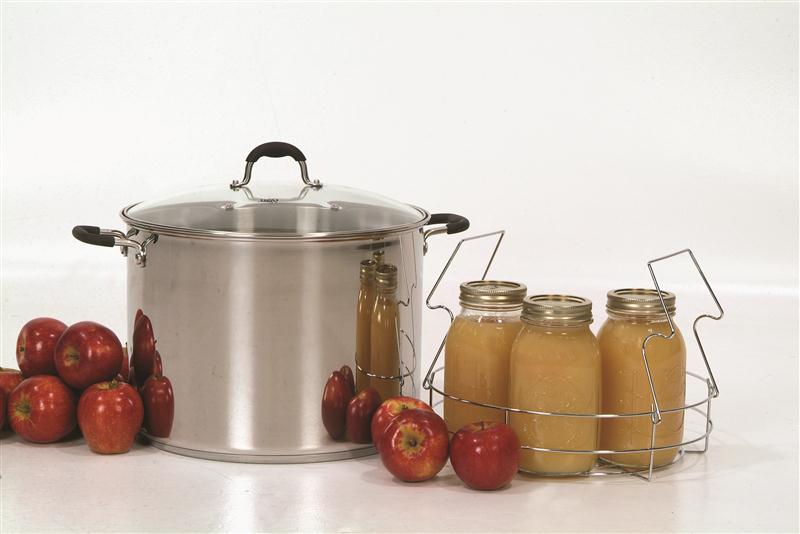
Basics of Lard Rendering
The first thing I do with my fat is freeze it. Frozen fat is far easier to cut up and that’s the first step in rendering. I use a meat grinder to process the raw pig fat, but I have often done it by hand using a good, sharp knife. It’s a pretty messy job and it takes some time. The smaller the pieces the quicker the fat will melt down when rendering. I always ask a friend to join me as company makes the cutting job go faster.
Next, you will need a large, stainless steel pan. I add a couple of cups of water to the bottom of the pan. Eventually, the water will boil off but, in the beginning, it will keep your fat from burning.
Set the pan over low heat. Resist the urge to turn up the heat to hurry the job along as this may well burn the fat. If that happens, the whole batch will have an off flavor and be good for nothing. It will also stink up the kitchen something awful and cause your smoke alarm to beep. (I, of course, have never burned my lard but I have heard stories.)
Now you need to be patient. It will take a few hours for the fat to melt and the cracklings to sink to the bottom of the pan. Once the cracklings settle, it’s time to pour off the liquid, clear fat–the lard.
I use a long-handled ladle to lift the fat from the pan and pour it through a strainer lined with cheese cloth into a pint-sized Mason jar. I do make some quarts but the wide-mouth pint jars are a good, convenient size for my kitchen use. Be sure the jars are clean and completely dry. Put a lid and ring on while the jars are still hot. Now let them set until the lard is solid and creamy white. My jars usually seal by themselves but it doesn’t matter if they don’t.
There is some controversy about lard storage. I know people who keep their lard quite nicely all winter in the root cellar alongside the potatoes and carrots. I don’t do that as I have room in my freezer to store it. However, if I ever had to store lard without refrigeration I would certainly keep it in the cool of the root cellar.
I freeze the cracklings too. They make a nice addition to cornbread and even to scrambled eggs. I have fried mushrooms in cracklings and had myself a feast. Think of them as bacon bits.
There are other ways to render lard and one of them might work better for you. You can use a crock pot, set on low. This is a good way to do it if you want to leave the fat overnight and get started with jarring it up in the morning. This requires no water and is a pretty reliable way to do it. The only problem is that the amount you can work with is fairly small. I have done this when I had a lot of fat and no more space on my stove. You can also render in the oven. You do need to keep the heat very low and you can’t leave it unattended as it can spatter some and I worry about grease fires.
Rendering is another one of those chores best done without small children or pets under foot. Hot fat can be dangerous and tripping over the dog is not something you want to be worrying about.
Start to cook with good lard and you will wonder how you ever managed without it. I can guarantee people will be asking for you secret ingredient!


